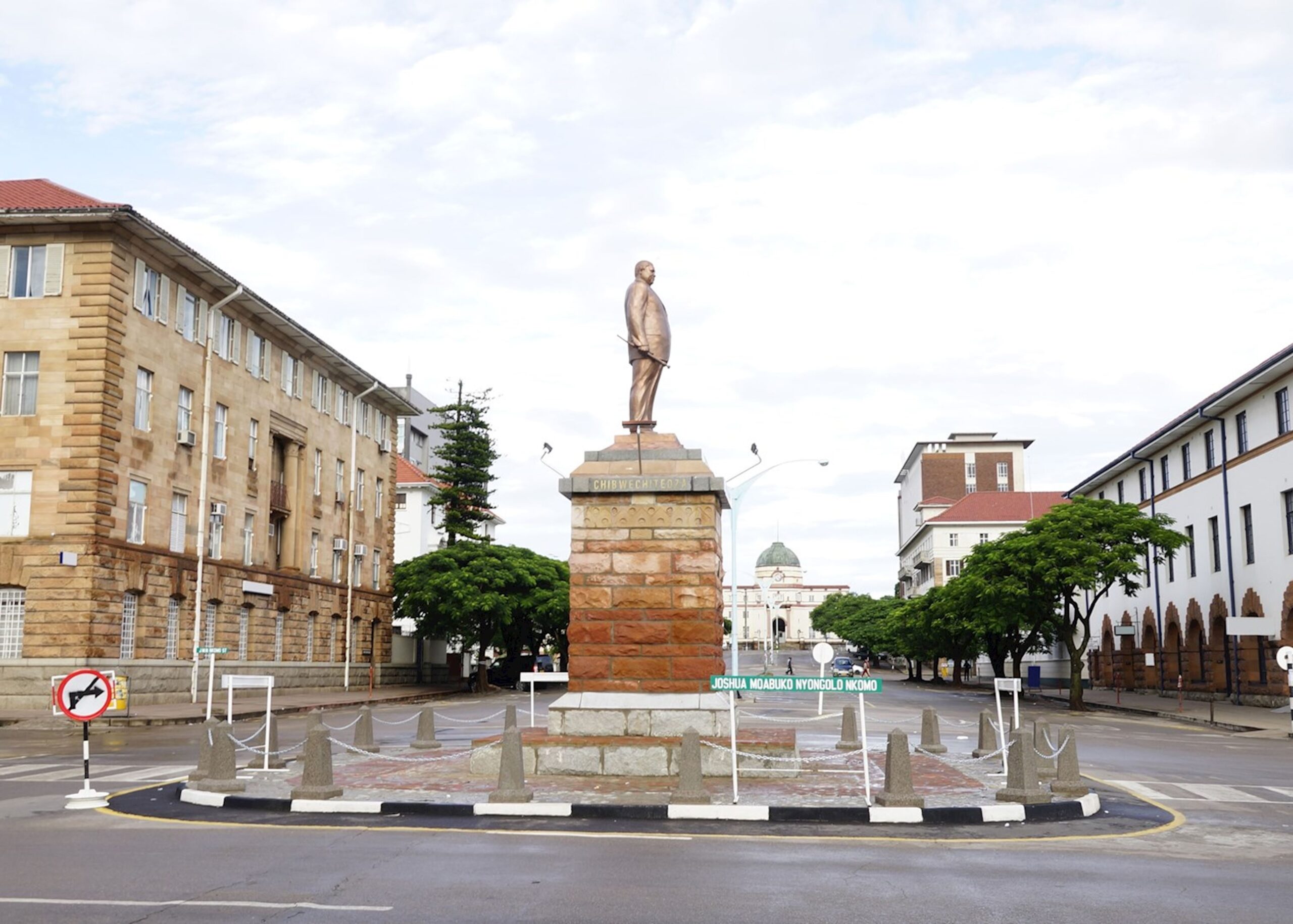Dendairy milk output surges
KWEKWE-based dairy products firm, Dendairy, has increased its milk production from three million litres per month to about four million litres amid plans to further increase to five million litres by 2025.
The surge in Dendairy’s milk production comes at a time when national output rose to 27,3 million litres during the first quarter of 2024 from 22,61 million litres during the same period last year.
In an interview at the Dendairy plant on Friday, the company’s operations manager, Mr Umesh Kalwar said, “At the moment, we produce about four million litres of milk per month. By the end of 2025 we are targeting to produce five million litres per month.
“The second quarter of 2025 can be affected by season variation but in the third quarter we will be producing five million litres.”
Mr Kalmar said at the moment, capacity utilisation at the plant is between 30 to 40 percent.
“At low capacity, we are at 30 percent and at a higher capacity we are at about 45 percent. To reach 100 percent, we are looking at strategies such as increasing capacity in the milk market share. Year after year we have set targets to meet so that we become a formidable player in this industry,” he said.
Statistics from the Agriculture Ministry’s Dairy Services Department, show that the country’s milk intake by processors went up by 21 percent in the first quarter of 2024 to 25,07 million litres from 20,74 million litres in the comparative period.
A key factor contributing to improved milk output has been the partnership between the Government and the European Union-funded project, Transforming the Zimbabwe Dairy Value Chain for the Future (TranZDVC).
This initiative has been instrumental in supporting small-scale dairy farmers across the country, providing them with crucial resources such as calves and lucerne grass seeds.
The efforts are aimed at enhancing production efficiency and sustainability within the dairy sector.
Lucerne, a high-protein forage grass, boasts a protein concentration of 18-22 percent of dry matter, significantly higher than maize silage (eight percent) and good-quality grass silage (14 percent).
The introduction of lucerne has not only improved the nutritional quality of dairy feed but also helped reduce production costs.
According to the ministry, the cost of milk has been lowered to about 50 cents per litre, down from up to 70 cents per litre previously.
Retail milk production increased by 19 percent to 2,22 million litres in the first quarter of 2024, compared to 1,86 million litres in the first quarter of 2023.
This impressive growth comes despite challenges posed by an El Niño-induced drought, which has strained agricultural activities across the country.
Average milk output for the period under review stood at 9,1 million litres. In the first quarter of 2023, the country’s average milk output stood at 7,53 million litres.
In March this year, the country’s milk production appreciated by 19 percent to 8,96 million litres, compared to 7,51 million litres in March last year.
January milk output of 9,52 million litres is the highest so far.
The annual milk requirement stands at about 120 million litres and the country has been supplementing through imports.
At its peak in 1990, Zimbabwe’s milk production reached 260 million litres per year, but in 2008, this dropped to as low as 40 million litres due to a number of factors, including drought and high feed cost.-chroncile









